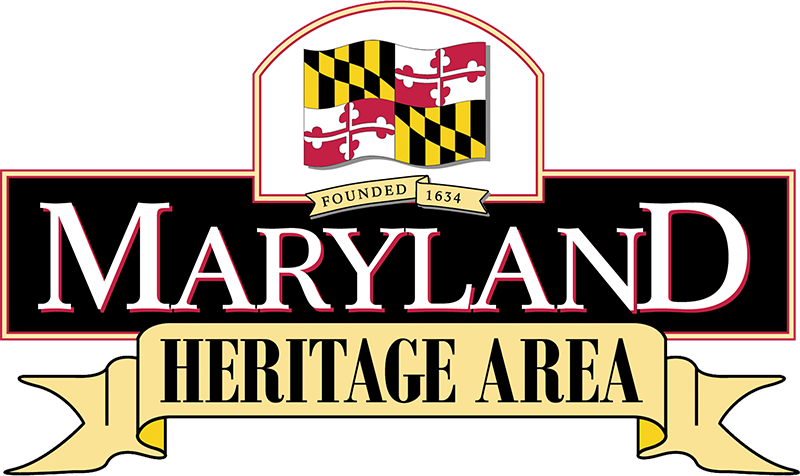A pivotal battle of the Civil War, the Battle of Antietam was fought on September 17, 1862, and was the bloodiest single day of combat ever on American soil.
This reconstructed house marks the residence of Barbara Fritchie, the heroine of John Greenleaf Whittier’s 1863 poem.
In the July 4, 1863 Battle of Monterey Pass, Confederate cavalry attempted to hold off Union cavalry that sought to attack the Southern wagon train retreating from Gettysburg.
The fields around this former almshouse served as a staging point during the Battle of Gettysburg.
The hotel served as a hospital complex after the Battle of Antietam.
The park, created in 1894, preserves and commemorates the Battle of Gettysburg, fought July 1-3, 1863.
The site of John Brown’s raid in 1859, Harpers Ferry was also strategically important during the war years, and changed hands several times.
Jennie (or Ginnie) Wade was shot and killed in this house during the Battle of Gettysburg. She was the only civilian casualty of the battle.
John Brown rented a room in this house while preparing for his raid on Harpers Ferry.
This shop prepared and iced the body of Union Major-General John Fulton Reynolds, killed at Gettysburg.
Union and Confederate forces clashed here on July 9, 1864, in the “Battle that Saved Washington.”
The museum tells the story of medical care for soldiers during the Civil War.
This farm was used by General George McClellan as headquarters during the Battle of Antietam; it was also a hospital and signal station.
This house was owned by Roger Brooke Taney, future Chief Justice of the United States Supreme Court, from 1815 to 1823.



